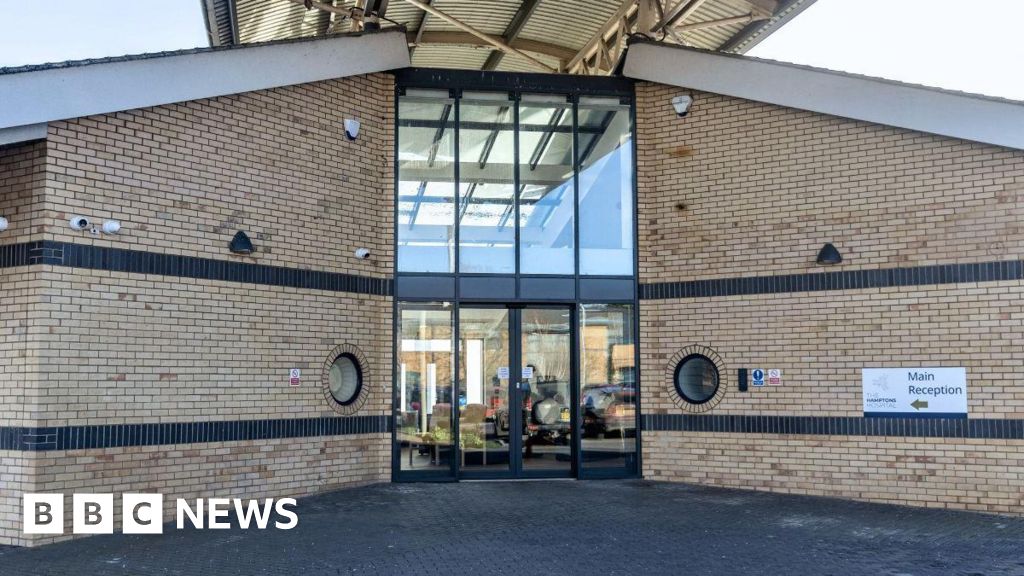Medicaid Cuts: A Crisis for Aussie Free Health Clinics and Vulnerable Patients

Proposed cuts to Medicaid in the United States are poised to create a significant ripple effect, particularly impacting the already stretched resources of free and charitable health clinics across Australia. With an estimated 17 million Americans potentially losing their Medicaid coverage, these clinics are bracing for a surge in demand, further exacerbating existing financial pressures.
The Looming Surge in Demand
The reality is stark: when individuals lose access to Medicaid, a vital safety net for healthcare, they often turn to community-based clinics as a last resort. These clinics, often staffed by dedicated volunteers and supported by modest donations, are already operating on shoestring budgets. A sudden influx of patients without insurance or the means to pay will severely strain their capacity to provide essential services.
“We’re incredibly concerned,” says Sarah Miller, Director of the Australian Community Health Network. “We’ve seen this pattern before. When people lose coverage, they don’t just disappear. They need care, and they often end up at our doors. We’ll do everything we can, but we’re already operating at full capacity.”
The Financial Strain: A System Under Pressure
Free clinics rely heavily on donations, grants, and volunteer support. They often lack the infrastructure and resources of larger hospital systems. Increased patient volume, without a corresponding increase in funding, will inevitably lead to longer wait times, reduced services, and potentially, the closure of some clinics.
The impact isn't just on the clinics themselves. It’s a broader community issue. When vulnerable populations lack access to preventative care, their health problems often worsen, leading to more costly emergency room visits and a greater burden on the entire healthcare system.
What Needs to Happen? Increased Support is Crucial
To mitigate the potential crisis, several key steps are needed:
- Increased Funding for Free Clinics: Governments and philanthropic organizations need to significantly increase financial support for these vital community resources. This includes grants, tax incentives for donors, and streamlined application processes.
- Volunteer Recruitment & Training: A concerted effort to recruit and train more volunteers – doctors, nurses, administrative staff – is essential to bolster clinic capacity.
- Collaboration & Coordination: Improved coordination between free clinics, hospitals, and other healthcare providers can help ensure patients receive the right care at the right time.
- Advocacy for Policy Changes: Continued advocacy for policies that expand access to affordable healthcare is crucial to address the root cause of the problem.
The proposed Medicaid cuts pose a serious threat to the health and well-being of millions of Australians and the stability of our community health services. Investing in free clinics isn’t just a charitable act; it’s a smart investment in a healthier, more equitable future for all.
The situation demands urgent attention and a commitment to ensuring that everyone, regardless of their income or insurance status, has access to the healthcare they need.






